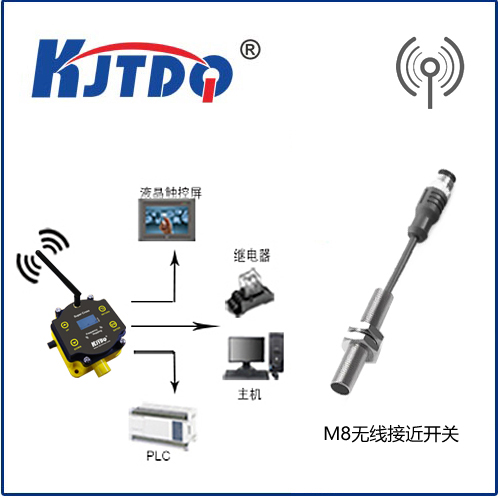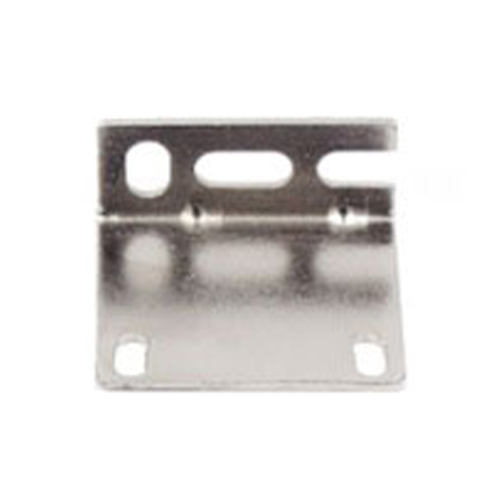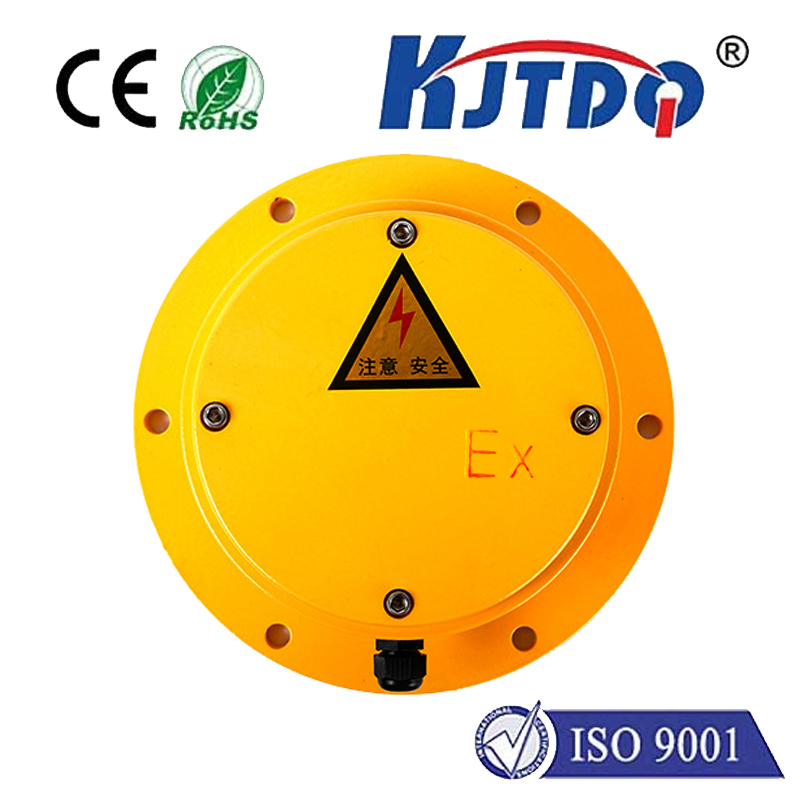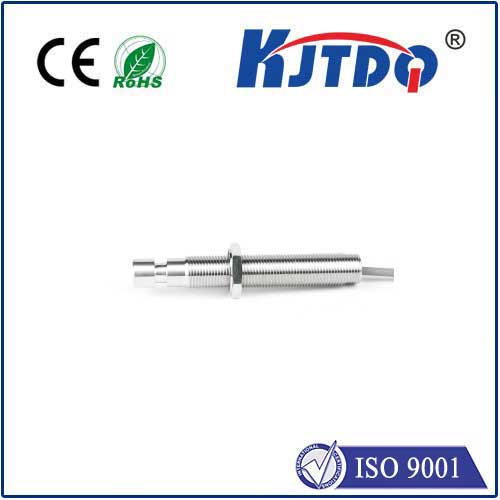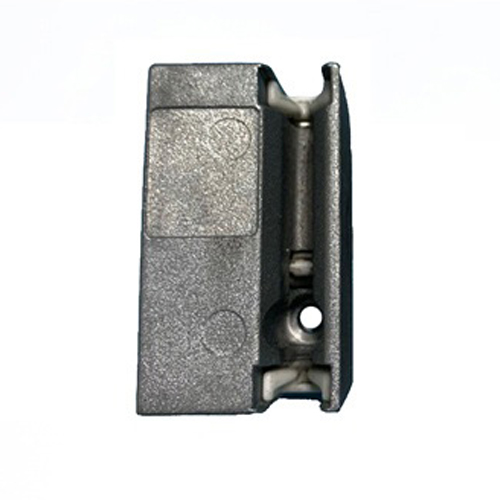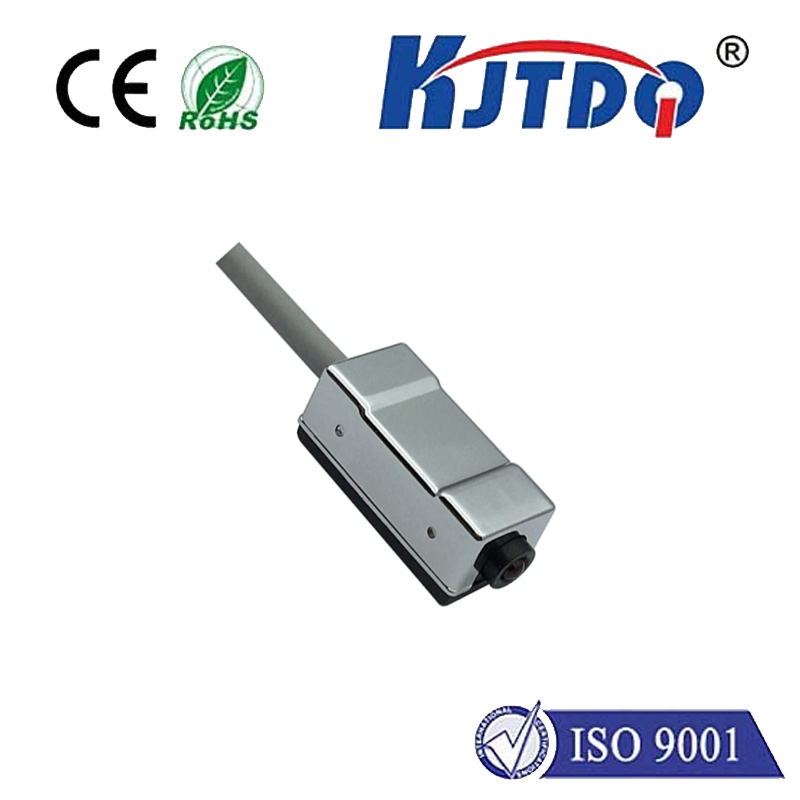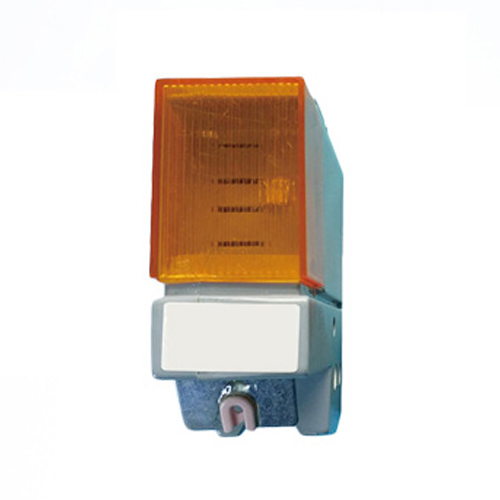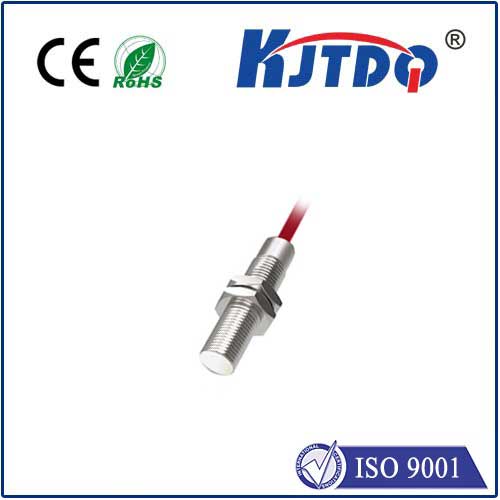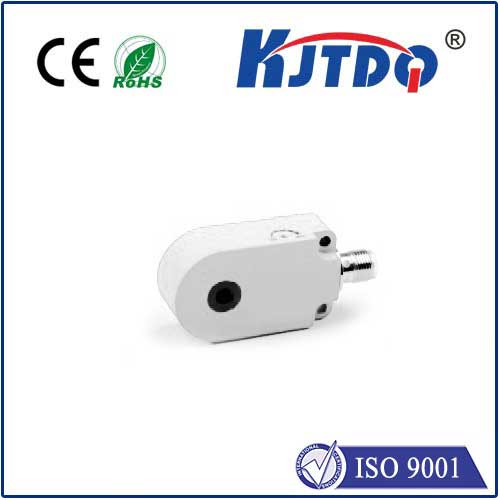
Title: Understanding Different Types of Proximity Sensors As technology continues to evolve, the demand for precise and reliable proximity sensors has surged across various industries. These sensors play a crucial role in detecting the presence or absence of objects within a certain range without physical contact. In this article, we’ll delve into the different types of proximity sensors, their working principles, advantages, and common applications. Inductive Proximity Sensors One of the most popular types of proximity sensors is the inductive sensor. It operates based on electromagnetic induction and is typically used for metal detection. When a conductive target comes within the sensing distance of the sensor, it alters the oscillator circuit’s electromagnetic field, thus generating an output signal indicating the object’s presence. Inductive sensors are widely applied in manufacturing for tasks such as position detection, counting, and speed monitoring due to their robustness and long operating life. Capacitive Proximity Sensors Capacitive proximity sensors work by measuring changes in capacitance caused by the presence of an object. They can detect both metallic and non-metallic targets, making them more versatile than inductive sensors. A capacitive sensor consists of an electrically conductive plate that acts as one electrode of a capacitor; the other electrode is often grounded. When an object approaches the sensor, it modifies the electrostatic field between the plates, which in turn triggers the sensor. These sensors find applications in various environments, including food processing, packaging machinery, and robotics. Photoelectric Proximity Sensors Photoelectric proximity sensors function using a light source (usually a LED) and a light-sensitive receiver (a photodiode or phototransistor). The light beam is directed at the target, and when the beam is interrupted or reflected back to the receiver by an object, it signals the presence of the object. There are three main types of photoelectric sensors: through-beam (emitter and receiver are separate units), retroreflective (emitter and receiver are together with a reflector), and diffuse reflective (uses a single unit with no external reflector). Photoelectric sensors are suitable for a wide array of materials and are commonly found in automation and safety systems. Ultrasonic Proximity Sensors Ultrasonic proximity sensors use high-frequency sound waves for object detection. An ultrasonic transducer emits sound waves towards the target object, and the same transducer also receives the echo after the waves bounce back. By calculating the time it takes for the echo to return, the sensor can determine the distance to the object. Ultrasonic sensors are excellent for applications where environmental conditions like dust, dirt, or liquids might interfere with optical or capacitive sensors. Examples include level measurement in tanks, parking aids, and automated guided vehicles. Hall Effect Proximity Sensors Lastly, Hall effect sensors rely on the principle discovered by Edwin Hall, where a magnetic field passing through a conductor generates a voltage perpendicular to the current flow. These sensors are primarily utilized for detecting magnetic fields and are not affected by non-magnetic materials. When a magnet or any ferrous material moves close to the sensor, it disturbs the local magnetic field and produces a corresponding change in the Hall voltage, signaling the presence of the object. Hall effect sensors are commonly employed in motor control, anti-theft devices, and rotary encoders. In conclusion, while each type of proximity sensor has its unique mechanism and set of characteristics, they collectively provide comprehensive solutions for numerous industrial and commercial needs. Whether you’re looking for precision in metal detection, versatility with various materials, or robustness against harsh conditions, there’s likely a proximity sensor designed to meet your specific requirements. As technology marches forward, we can expect even more refined and specialized proximity sensing innovations to emerge.
